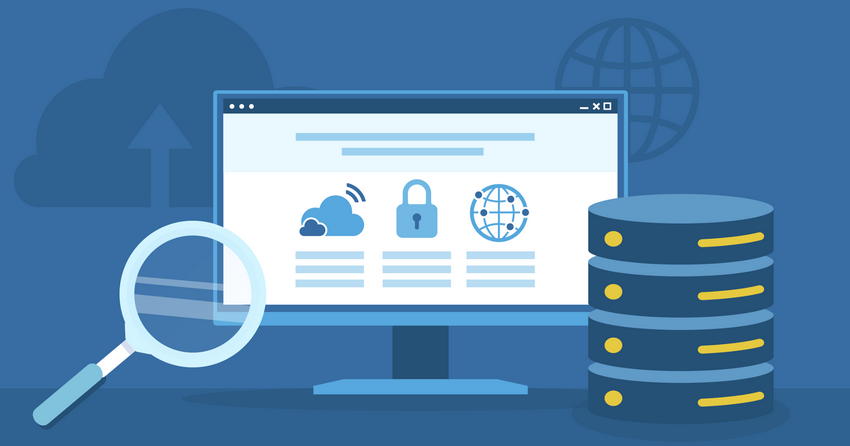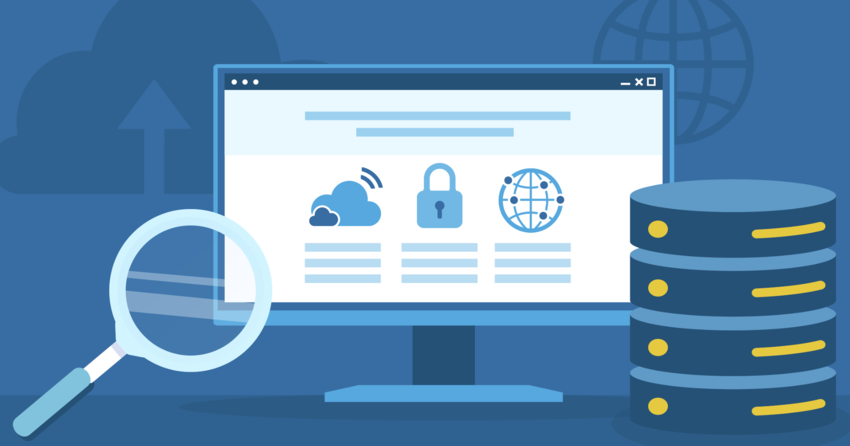Inside this Article
Definition of Localhost
Localhost is a hostname that identifies the local computer currently in use to access a website or application. When you call the localhost name, it acts as an alias for the loopback IP address 127.0.0.1 which directs the request back to the same device, creating a closed system known as a localhost address or local host IP address. Instead of connecting to a remote server over a network or the internet, your computer communicates with itself as a virtual server. Localhost remains reserved for loopback purposes by computer networking standards. It cannot be used by any website as a public IP address. This closed environment provides an ideal testing ground for web developers to experiment and perfect their creations before publishing them live. For example, a locally installed website could be accessed via a web browser using the URL http://localhost to view how it will appear once deployed, without exposing it publicly during development.How Does Localhost Work?
The localhost operates through the loopback mechanism built into the TCP/IP network protocol stack. When you send a request to the localhost, either by its name or the IP address 127.0.0.1, the operating system intercepts this request at the network layer and directs it back to the same computer instead of routing it out to the network. This process happens instantaneously without the data packets ever leaving your machine. Here’s how the localhost functions step-by-step:- You enter the hostname localhost or the IP 127.0.0.1 into your web browser address bar.
- The browser sends a request to resolve this address to your computer’s network stack.
- The operating system’s network layer recognizes the loopback address and routes the request back internally rather than to an external network interface.
- If a web server (like Apache or Nginx) is running on your machine, configured to listen for localhost requests, it will receive this request.
- The web server processes the request and sends the response back through the same loopback interface.
- Your web browser receives the response and displays the website or application hosted on your local machine.
Localhost IP Address and Ports
The primary IP address associated with localhost is 127.0.0.1, but the entire 127.0.0.0/8 block is reserved for loopback purposes. Any address within this range, from 127.0.0.1 to 127.255.255.255, will loop back to your own computer. However, 127.0.0.1 remains the standard and most widely used loopback IP. When you type localhost into your browser, it automatically resolves to the IP 127.0.0.1. This IP is hard-coded into the operating system’s hosts file to always point back to the local machine. You can use either the name localhost or the IP 127.0.0.1 interchangeably in most cases. In IPv6, the equivalent loopback address is ::1. This condensed notation expands to 0:0:0:0:0:0:0:1, but ::1 remains the standard way to reference the IPv6 localhost. Localhost works in conjunction with ports to direct traffic to specific services or applications running on your computer. A port functions like a communication endpoint, allowing multiple services to run on the same machine without conflict. When you access a local web server, you typically use a URL like http://localhost:8080, where 8080 is the port number. Common port numbers used with localhost include:- Port 80: Default port for HTTP traffic, often used by web servers like Apache or Nginx.
- Port 443: Default port for HTTPS traffic, used for secure connections.
- Port 3000: Frequently used by Node.js applications and frameworks like React or Express.
- Port 8080: Commonly used as an alternative to port 80 for web servers and development environments.
Benefits of Using Localhost
Localhost offers several advantages for web development and testing:1. Safe Testing Environment
One of the primary benefits of using localhost is the ability to create a secure, isolated environment for testing and development. When you set up a local web server and access it via localhost, all the traffic remains within your own machine. This isolation prevents any unintended exposure of your application or website to the public network during the development phase. With localhost, you have complete control over the environment, configuration, and data. You can experiment freely, make changes, and test different scenarios without worrying about affecting live servers or exposing sensitive information to external networks. This controlled environment helps minimize risks and potential security breaches during development.2. Faster Development Cycle
Developing on localhost allows for a faster and more efficient development cycle compared to working on a remote server. When you access your application via localhost, the requests and responses travel within your own machine, eliminating network latency and external dependencies. This local communication is much quicker than relying on a network or internet connection. With localhost, you can make changes to your code and see the results instantly in your local browser. There’s no need to upload files to a remote server or wait for network requests to complete. This immediacy accelerates the development process, allowing you to iterate quickly, test different approaches, and troubleshoot issues more efficiently.3. Offline Development
Localhost enables developers to work on their projects even without an active internet connection. Since all the necessary components, such as the web server, database, and application files, reside on your local machine, you can develop and test your application offline. This flexibility is particularly useful when working in environments with limited or unreliable internet access. Offline development with localhost also eliminates dependencies on external services or APIs. You can create mock data or simulate API responses locally, ensuring that your application functions as expected without relying on live external resources. This offline capability allows for uninterrupted development and testing, regardless of network availability.4. Cost-Effective Solution
Using localhost for development and testing can be a cost-effective solution, especially for individual developers or small teams. Instead of relying on paid hosting services or cloud platforms during the development phase, you can set up a local environment using open-source tools and frameworks. With localhost, you have control over the resources and can allocate them based on your project’s needs.You can run multiple applications or services on a single machine without incurring additional hosting costs. This cost-effectiveness is particularly beneficial for learning, experimentation, and proof-of-concept projects where budget constraints may be a factor.






